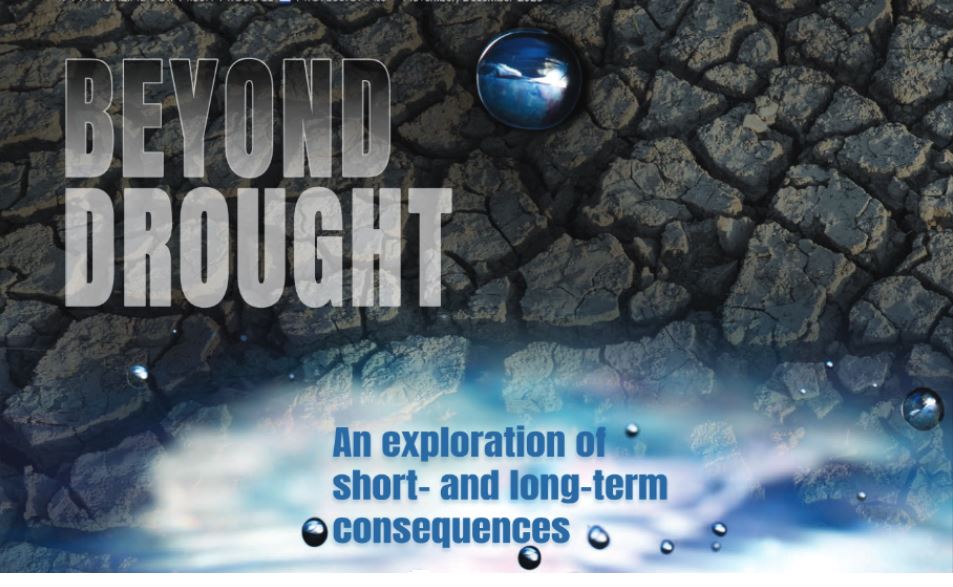The agriculture sector in California and Arizona relies on two principal sources for its water supply.
The first is gigantic state and federal projects, such as the State Water Project, the Central Valley Project, and the Colorado River Storage Project, which transfer water from wetter areas (much of it in the form of melted snowpack) to irrigated farmland in Central Valley; the Yuma Valley, which forms the border between California and Arizona; and the Imperial Valley in California’s far south.
Agriculture faces tough competitors for this supply—diverse interests ranging from the great California metropolises to industry to fish and game enthusiasts to environmental maintenance. It is by no means agreed exactly how this water should be divided.
One common figure is that agriculture uses 80 percent of California’s water.
John Pandol, director of special projects for Pandol Bros., Inc., BB #:111977 Delano, CA, contests this view: “Saying that farmers use 80 percent of the water ignores the environmental release. In reality, 40 percent of water use is ag and 10 percent everything else.” He says people using the 80 percent figure “ignore the environmental part, which gets first dibs.”
Caitlin Peterson, associate director and research fellow for the PPIC Water Policy Center, counters by saying most of that environmental use is accounted for in Northern California’s wild and scenic rivers. “Most of it is in rivers and just stays there.”
The ongoing battles
This controversy cannot be understood without a clearer picture of the state’s water situation overall. The greater part of fresh fruit and vegetable production comes from the San Joaquin Valley, which is fed by the San Joaquin River and the California Aqueduct.
Much of this water comes from the Sierra Nevada Mountains and flows down to the delta of San Francisco Bay, where some of it is pumped into the bay and some is fed south to the San Joaquin Valley.
The dispute over who should get how much of this water has been raging for decades. Pandol puts it bluntly: “Half the water is going down the rivers to flow the crud out of San Francisco Bay.”
Sometimes it’s more. A Los Angeles Times article cited figures from the Bureau of Reclamation (the agency that manages federal water projects) claiming that early in 2023, nearly 95 percent of delta stormwaters flowed out into the bay.
“We can’t just capture every drop” for agriculture, Peterson replies, “because we have to let a certain amount of water keep the delta from being salty,” from the intrusion of bay waters.
This controversy is only one of innumerable conflicts and tensions over California’s water supply, which go back at least a century.
Yet another complication: although total irrigated acreage in the state has remained relatively stable since the 1980s, there has been great growth in perennial fruit and nut crops combined with a decline in field crops like cotton.
“Perennials increased from 22 percent of irrigated acreage in 2000 to 46 percent in 2018,” notes the PPIC. Although these crops are far more lucrative, they make water usage less elastic.
A cotton grower who is short of water can simply not grow the crop that year, but trees and vines need a certain amount of water to survive, no matter how tight the water supply may be.
This is an excerpt from the cover story in the November/December 2023 issue of Produce Blueprints Magazine. Click here to read the whole issue.



